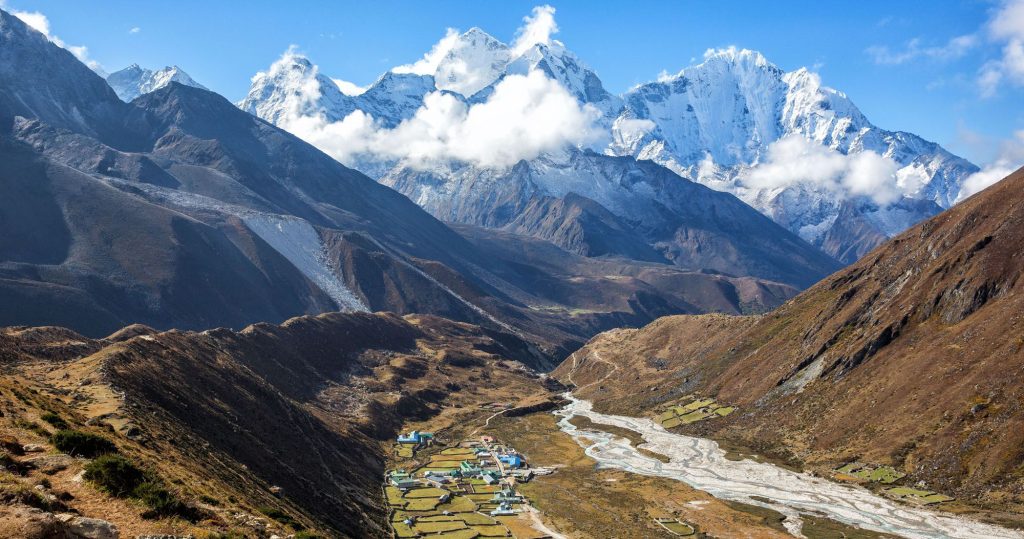The best time to go Everest Trekking is between October and November, and between April and May. The weather conditions are most favorable during these months, and the views are breathtaking. You can even visit the Everest Base Camp in the fall months. However, there are some things to consider before deciding on the trek, including the costs involved.
Route to Everest Base Camp
The route to Everest Base Camp starts with a steep incline through a lunar-like landscape, then leads into a lush rhododendron forest. It takes about 1.5 hours to reach the base camp, and the views from this high-altitude trek are spectacular. It is the penultimate push before the summit.
It is important to stay hydrated when climbing in high altitudes, especially when climbing Everest. The recommended amount of water for hiking is four to five liters per day. Hydration is important because the body dehydrates faster at high altitudes. It is a good idea to pack extra water in the day, as well.
This trek’s higher elevation makes it more scenic, but it can be demanding, and it’s important to make sure you’re prepared for long days on your feet. Although you’ll hike for up to eight hours a day, you can expect to stop often to snap pictures. One popular lookout point, Kala Patthar, is situated at 18,208 feet (5,550m) above sea level. From this vantage point, you’ll have a clear view of Everest and the Khumbu Icefall.
Route to Kala Patthar
The route to Kala Patthar on Everest trekking is one of the best ways to get the best view of Mount Everest. This trek starts with a scenic flight from Kathmandu to Lukla. It then continues to Phakding and Namche Bazaar, the trade center of the Everest region. From here, you can view Everest from a wide vantage point.
The trek to Kala Patthar is a perfect blend of natural beauty and cultural diversity. You’ll be rewarded with lifelong memories as you hike through eye-catching landscapes and lush valleys. You’ll also get to see Sherpa villages with unique housing styles and centuries-old monasteries.
The weather for the Route to Kala Patthar on Everesti Trekking is mildly cold during the day and colder at night. You can do this trek during any season, but it’s best to do so during one of the best seasons. The views are amazing, and the temperature is just right for hiking.
Day 18 of Everest Base Camp trek
Day 18 of the Everest Base Camp trek is a relatively easy day to complete. It starts by climbing through the village of Thukla, then goes on to Lobuche and Gorak Shep. At the end of the day, the trek leader will give a briefing on the plan for the next day.
You’ll want to pack plenty of water. Water is the most important part of your trek, and there are many places you can buy bottles. The best way to bring more than one bottle is by carrying a UV water purifier on your trek. A UV water purifier is recommended for use during the trek, and it costs anywhere from $2 to $4 per bottle.
You’ll continue your trek by heading to Lobuche on Day 18. This trail follows the Khumbu Glacier and crosses several lodges. You’ll also pass a stone memorial that commemorates the climbers who did not succeed in this harsh terrain. Once you’ve reached Lobuche, you’ll find shops and hotels to help you spend the night.
Cost of Everest Base Camp trek
When you decide to take the Everest Base Camp trek, the costs can vary depending on the tour you choose. Some companies offer guided tours that include all the necessary equipment, but other companies have a la carte prices that you must factor into your budget. For example, HoneyGuide’s Everest Base Camp trek costs USD 1,149 per person. This includes a flight from Kathmandu to Lukla, a trekking guide, a porter, breakfast, first aid kit, and permits.
You can also expect to pay about US$25 to $35 per day for food. This is generally the average cost for a standard meal, but you should make sure you have enough cash to cover other expenses as well. Food and drink prices vary greatly from place to place, so you may need extra cash to cover unforeseen expenses. Generally speaking, a cup of Dal Bhat costs approximately US$4 at lower altitudes and US$7 at higher altitudes.
You can also opt for a guided Everest Base Camp trek, which can cost anywhere from USD $1100 to US$4500. It is important to note that the price can vary greatly based on the route chosen, the equipment needed, and the guide and porter. In addition, you should consider the price of your flights to Lukla and the cost of your accommodation.
